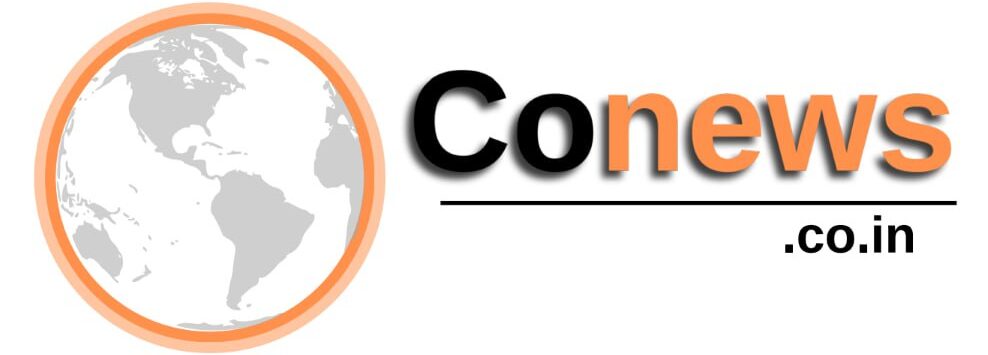[ad_1]

UNSW Scientia Professor Andrew Martin from the school of education.
Martin said providing every student with a small and healthy mid-morning snack, such as a piece of fruit, was a small, simple education policy change that would boost results.
“It is a fairly straightforward educational intervention. It is low-hanging fruit,” he said.
Nutritionist Kirsten Beck said it had become increasingly difficult for parents to discern healthy foods from those laden with sugar in the supermarket.
“What I get very mad about from a public health perspective is people are trying to make healthy choices, but it is hard to work out what is healthy,” she said.
“Realistically, I would say a banana and a cup of coffee is a better breakfast.”
Loading
Earlier this month, it was revealed that Coca-Cola Amatil had increased the amount of sugar in Fanta by 60 per cent since radically reducing it in 2020.
The company has signed up to the Australian Beverage Council’s pledge to lower sugar levels by 25 per cent between 2015 and 2025.
Meanwhile, some popular iced coffee brands’ 750ml varieties contain up to 17 spoons of sugar, and NSW Health estimates a bowl of grain cereal, coco puffs or fruit loops (which are marketed as breakfast food) contain about four teaspoons of sugar.
Children who have jam, honey or a chocolate spread on some toast in the morning ingest up to five teaspoons of sugar.
Jude Roberts, 15, often eats rice bubbles for breakfast, while his older brother Nate, 17, prefers a little more variety, including yoghurt, avocado, tomato, mushrooms and feta cheese.
Their mother Kerrie Roberts said she tried to buy breakfast foods for them with no added sugar.
“Cereals are a very convenient breakfast … it is easy for the kids to self-serve… I think it is being conscious of what is healthier versus the less healthy ones,” she said.
“It is a good first step, a second first step is to not have sugar and processed carbs and not having your blood sugar spiking.”
[ad_2]
Source link

